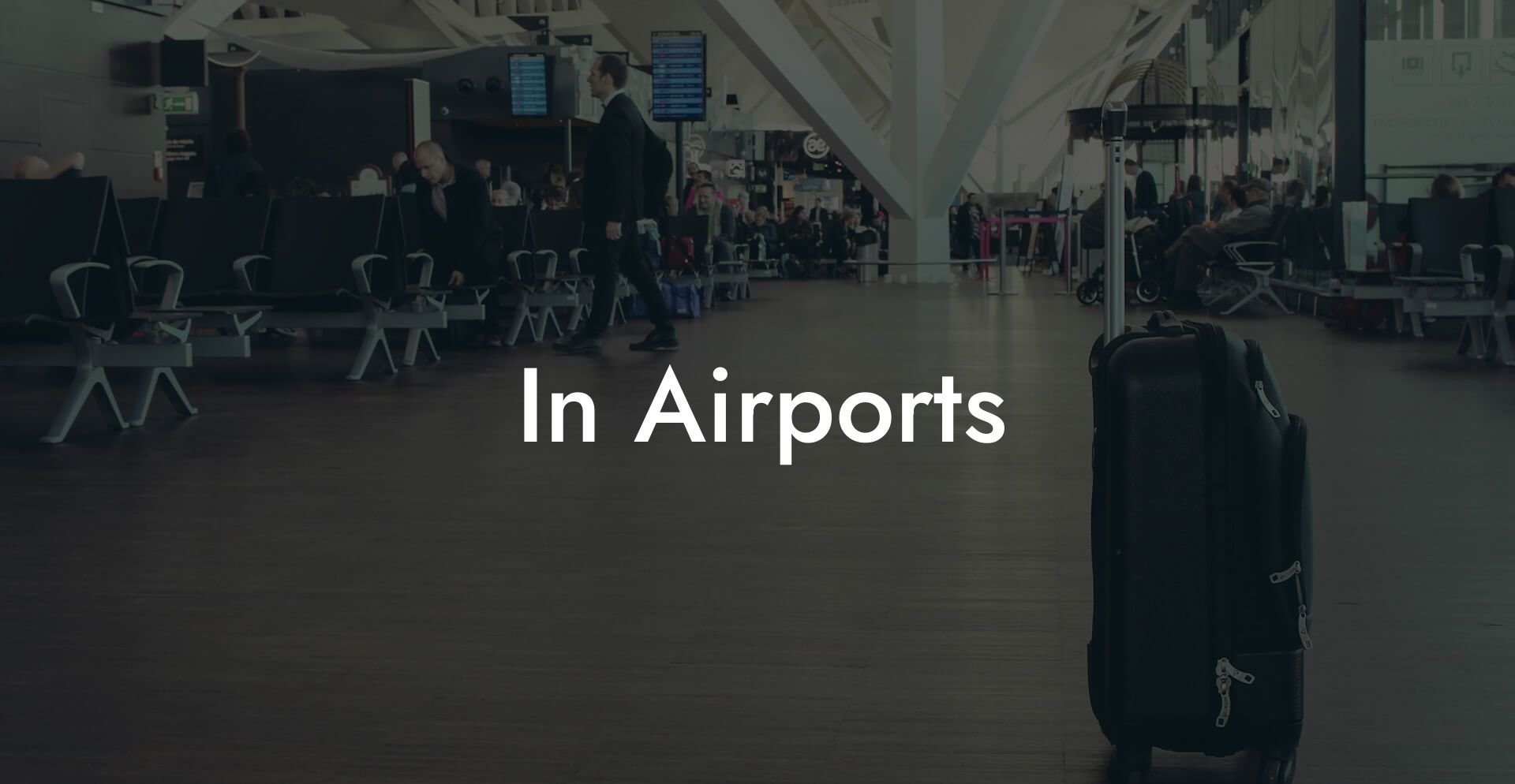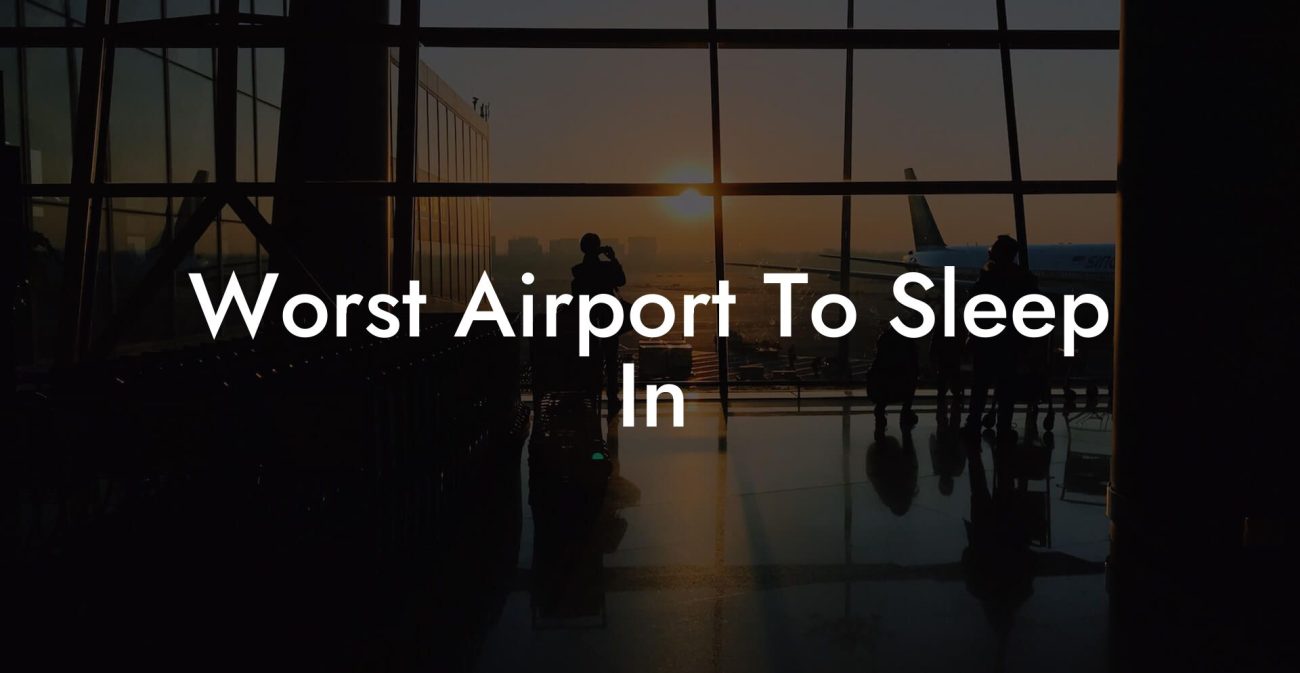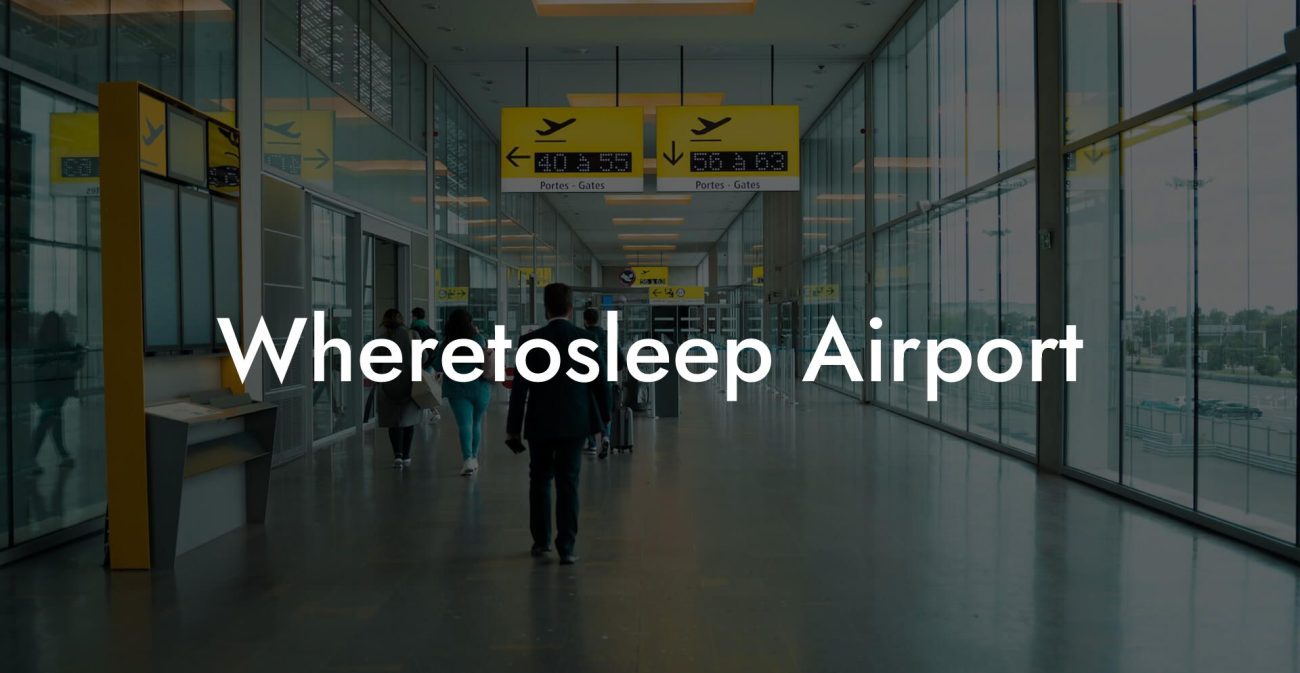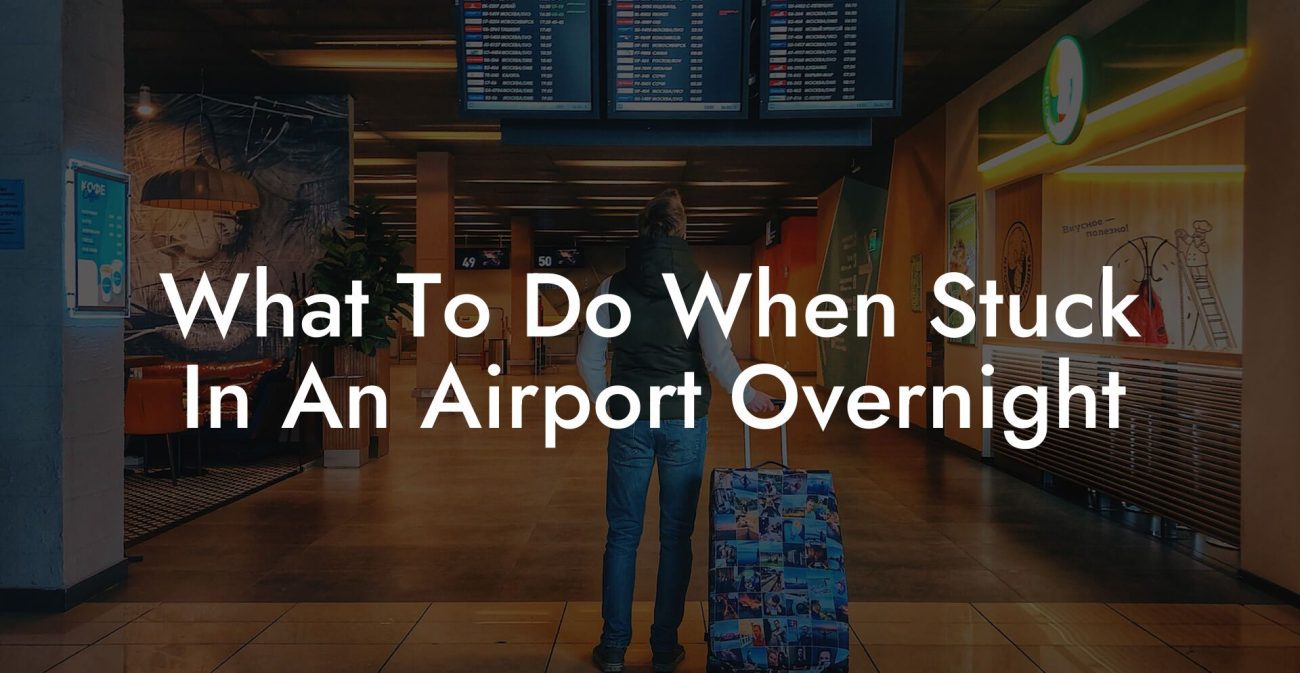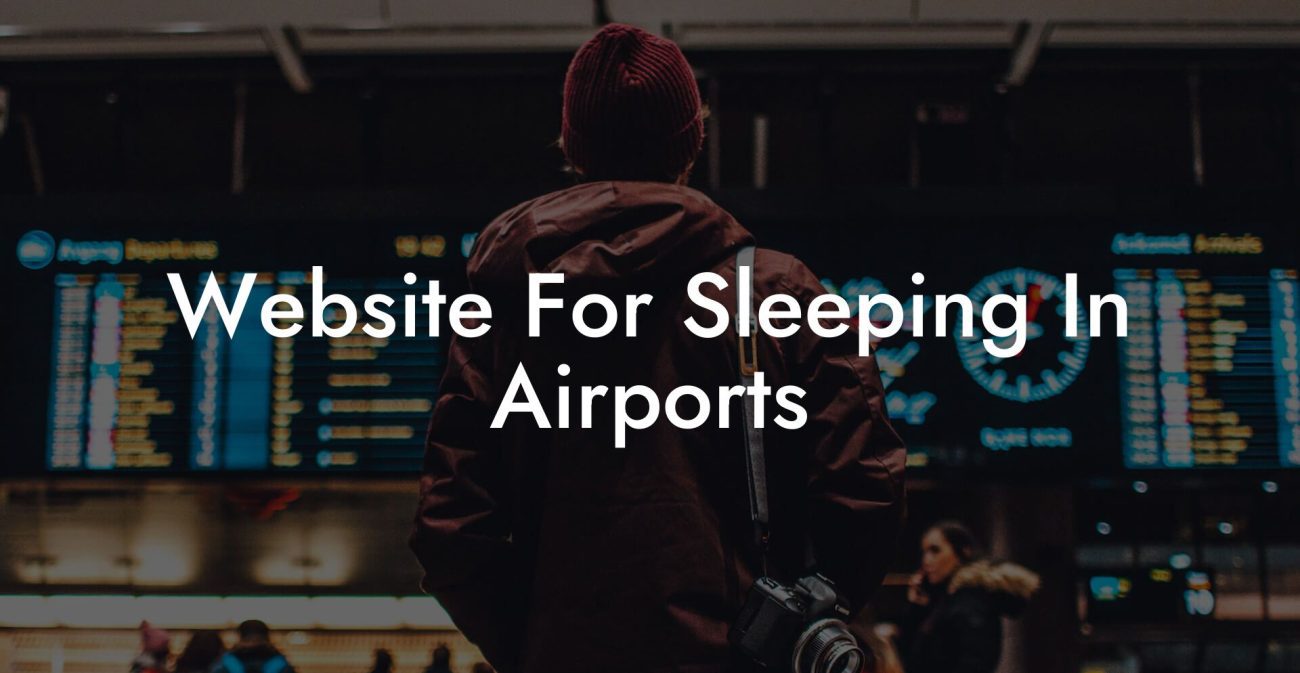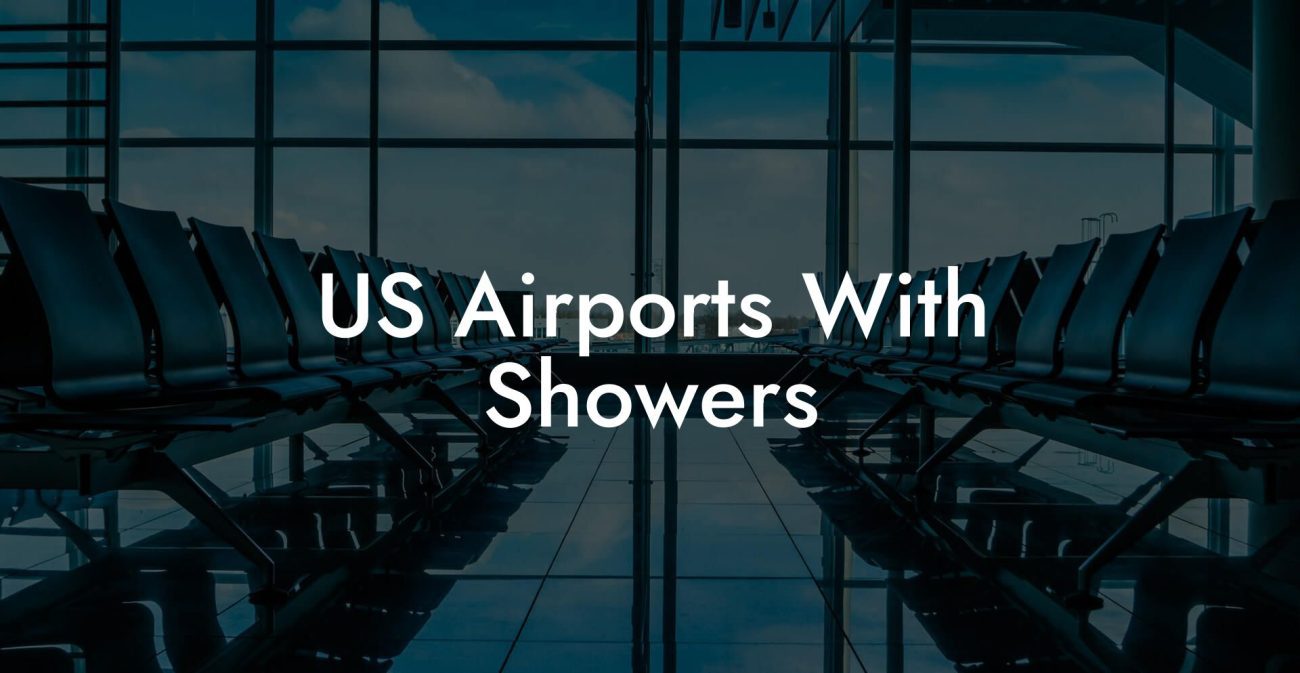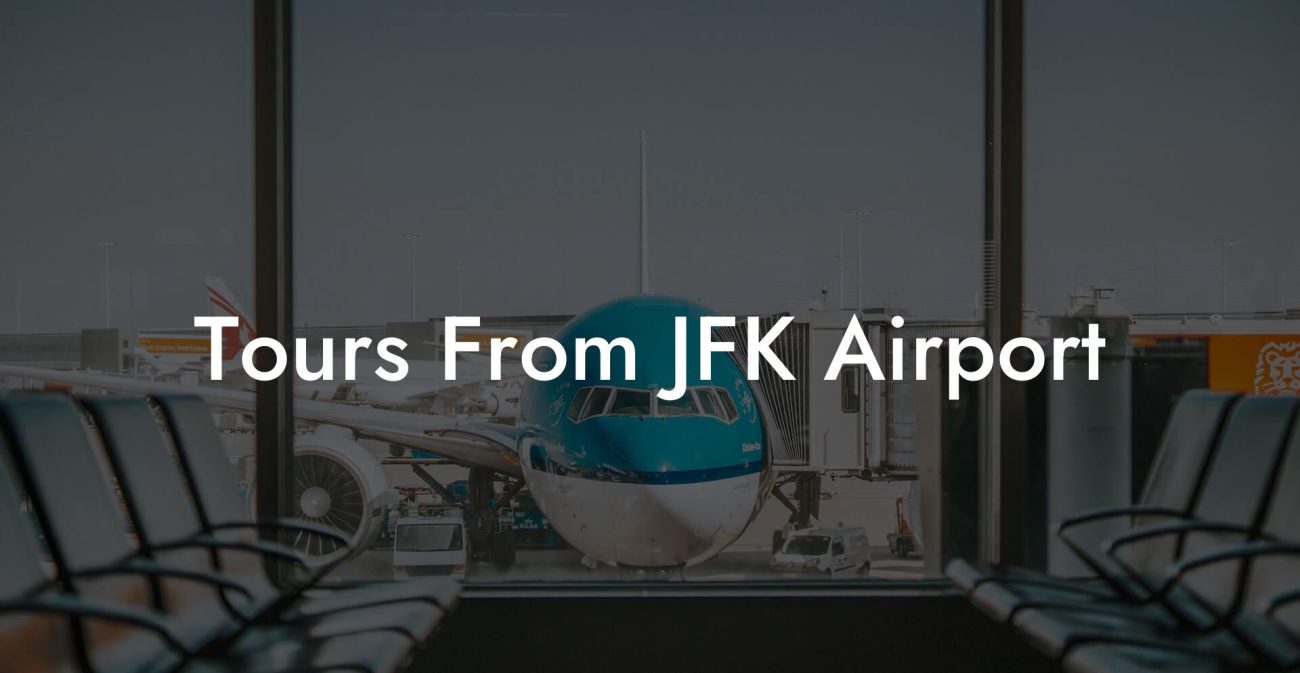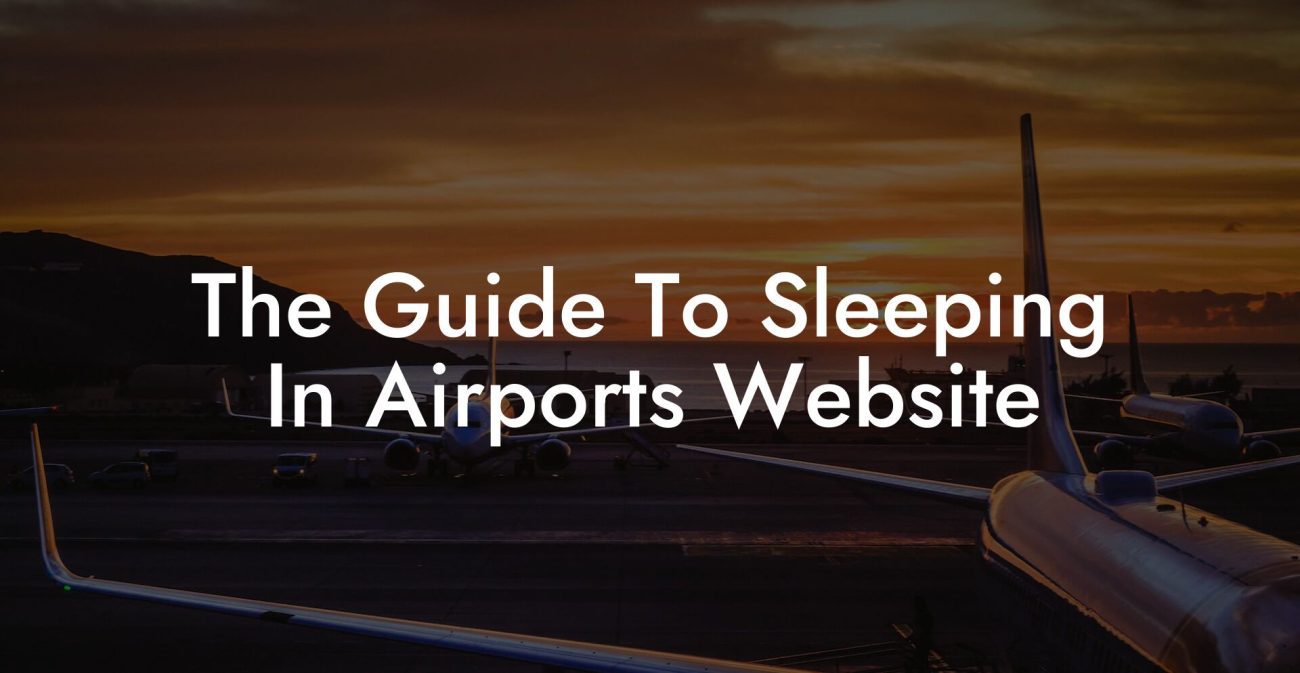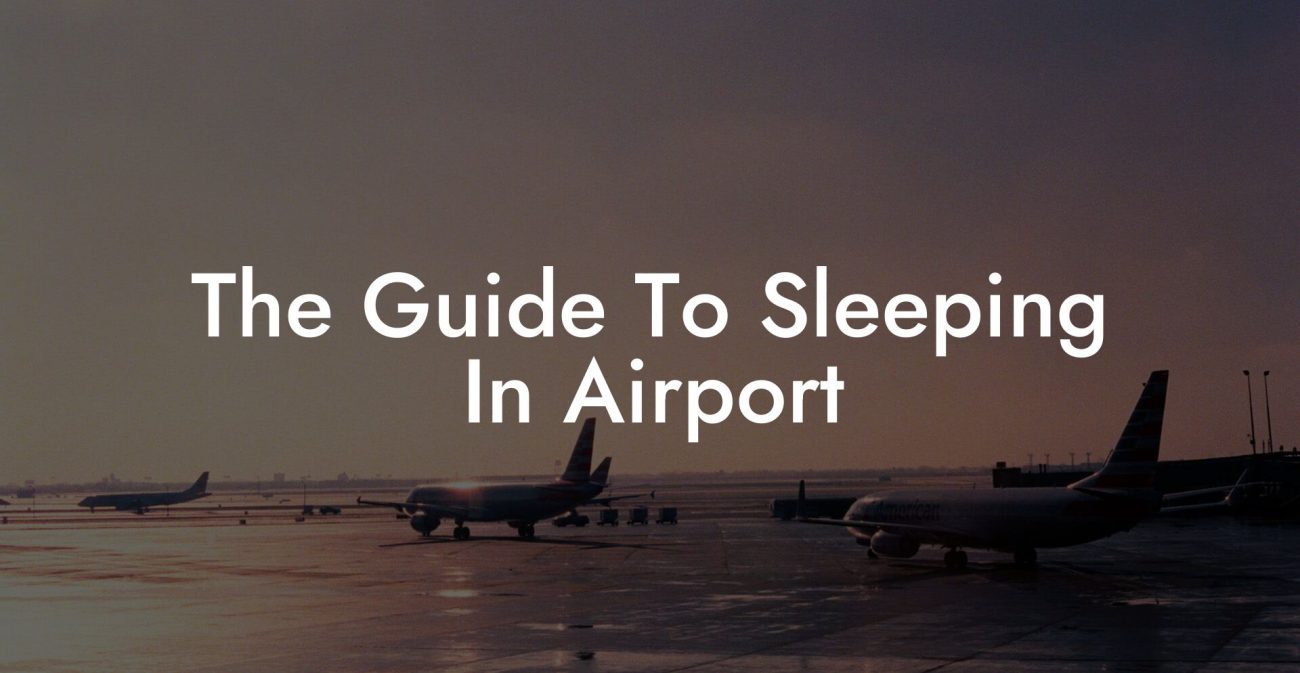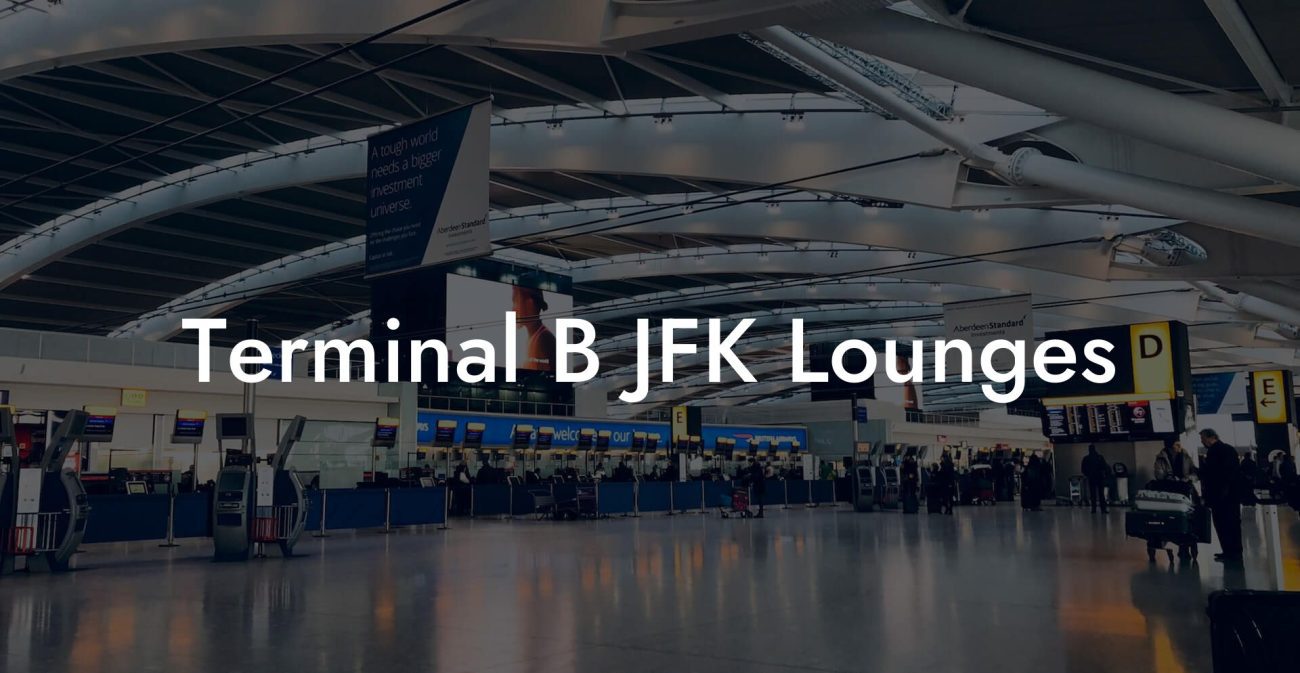Imagine this: you’re in the middle of an exhausting long-haul flight with an extended layover at some airport. All you want is a comfortable place to take a short nap and recharge your batteries before catching your next flight. Enter the magical solution – airport sleeping pods. These little havens provide travelers with a private, cozy space to rest and relax in the bustling and noisy environment of an airport. In this comprehensive guide, we’ll explore everything you need to know about airport sleeping pods, so you can make the most out of your layover experience.
What are airport sleeping pods?
Airport sleeping pods, also known as nap pods or sleep cabins, are small, self-contained units designed for short-term napping or relaxing. They’re usually located in airports, train stations, hotels, and other travel hubs. These pods can range from basic, compact capsules with just a bed and a privacy screen to luxurious, upscale cabins offering high-end amenities like smart TVs, high-speed Wi-Fi, and climate control. Airport sleeping pods aim to provide weary travelers with a peaceful, private space where they can catch some shut-eye, without the hassle of leaving the airport premises.
Benefits of using airport sleeping pods
1. Convenience: With these pods located within the airport terminal, travelers can save time and effort by not needing to check into a hotel for a few hours of sleep. Many airport sleeping pods also offer booking options by the hour, catering to the specific needs of passengers with varied layover durations.
2. Privacy and security: Sleeping pods provide a personal, secure space for resting, away from the noise and distractions of the airport seating areas. Most pods are equipped with lockable doors, safe luggage storage, and in some cases, even live CCTV monitoring.
3. Flexibility: Available 24/7, airport sleep pods cater to the diverse schedules of travelers. No matter when your flight arrives or departs, you’ll have a comfortable place to rest, without worrying about hotel check-in and check-out times.
4. Affordability: Compared to booking a hotel room, airport sleeping pods offer a more cost-effective solution for travelers looking for a few hours of rest during layovers.
In Airports Example
For instance, let’s say you have a seven-hour layover at London’s Heathrow Airport. Instead of spending a significant amount on a hotel room just for a few hours’ sleep, you can try the recently arrived “YotelAir.” YotelAir provides smartly designed, compact sleep cabins with a comfortable bed, en-suite bathroom, Wi-Fi, and workstations. You can book these sleep cabins for as little as four hours and enjoy a quick, rejuvenating nap before your next journey. YotelAir is located within Terminal 4 of Heathrow Airport, providing an easy and convenient sleep solution for weary travelers.
Airport sleeping pods are undoubtedly a game-changer for the modern jetsetter. With the perfect balance of convenience, privacy, and affordability, these little sanctuaries offer a much-needed oasis for rest and relaxation amidst hectic travel schedules. So the next time you find yourself stuck in an airport with hours to kill, consider trying out an airport sleeping pod to catch some shut-eye and emerge refreshed, ready to take on your next adventure.
If you found this guide helpful, be sure to share it with fellow travelers and explore more handy guides on our Airport Sleeping Pods blog!
Frequently Asked Questions
What items are prohibited in carry-on and checked luggage?
Prohibited items in both carry-on and checked luggage typically include flammable liquids and explosives, firearms and ammunition unless properly declared, and illegal substances. The Transportation Security Administration (TSA) provides a comprehensive list on their website, which should be checked prior to packing, as regulations can change.
How early should I arrive at the airport before my flight?
It’s recommended to arrive 2 hours prior to domestic flights and 3 hours for international flights. This allows sufficient time for check-in, security screening, and any unforeseen delays.
Can I bring food through airport security?
Yes, solid foods can be brought through airport security in your carry-on baggage. Liquids, gels, or aerosols must comply with the 3-1-1 liquids rule, meaning they should be in containers of 3.4 ounces (100 milliliters) or less, placed in a single, clear, quart-sized bag, one bag per passenger.
How do I get assistance for a disability or mobility issue at the airport?
Contact your airline ahead of time to arrange special assistance. Airport staff are available to help with mobility issues, and most airports provide wheelchairs and escorts through security and to gates.
What is the best way to get through security quickly?
Enroll in TSA PreCheck or similar expedited security programs if eligible. Pack your carry-on efficiently with liquids and electronics easily accessible, and follow all posted instructions and those given by TSA officers.
How can I check the status of my flight?
Flight status can be checked through the airline’s website, mobile app, airport displays, or by contacting the airline directly. It’s also wise to sign up for flight notifications to receive real-time updates.
What if I miss my connecting flight?
Inform an airline representative as soon as possible. Airlines will often rebook you on the next available flight. If the missed connection was the airline’s fault, ask about compensation for meals or lodging if needed.
Are there sleeping facilities at airports?
Some airports have designated sleeping areas, lounges that offer dayrooms, or onsite hotels. It’s best to check the airport’s website or contact them directly to understand the available facilities.
What are the rules for traveling with medication?
Prescription medication is allowed in both carry-on and checked baggage. It’s advisable to keep them in their original containers with labels, and bring a copy of the prescription and a letter from your physician for controlled substances or injectables.
Can I travel with my pet?
Many airlines allow pets, though policies and fees vary. Pets can often travel in the cabin or as cargo. Familiarize yourself with your airline’s policy, and ensure you have a proper pet carrier and all necessary health documents.
How do I find out about visa requirements for my destination?
Check with the embassy or consulate of the country you’re visiting or their official immigration website. Requirements can change, so it’s important to have the most up-to-date information.
What facilities are available for children and babies at airports?
Many airports offer family restrooms, nursing rooms, and play areas for children. Some also provide strollers or carts for use within the terminal. Check the airport’s website or inquire at information desks.
How can I best prepare for a flight if I have a fear of flying?
Consider taking a fear of flying course, practice relaxation techniques, or discuss anxiety medication with your doctor. Choose seats that make you feel more comfortable, such as over the wings for less turbulence.
Are electric scooters or hoverboards allowed on planes?
Due to safety concerns, most airlines do not allow hoverboards. Electric scooters may be permitted as checked luggage if the battery is removed and carried on. It’s critical to check with your specific airline for their policy.
How do duty-free purchases work?
Duty-free shops offer products without the inclusion of certain local taxes and duties. Items purchased are typically given to you as you board or upon arrival at your destination.
Can I fly if I’ve recently had surgery?
Consult your physician before flying after surgery. Some conditions might require a waiting period, special precautions, or clearance. It’s important to inform your airline if you have any medical concerns or needs.
What are the luggage weight and size restrictions?
Restrictions vary by airline and ticket class. Most airlines provide size and weight allowance details on their websites. Be sure to check before packing to avoid extra fees.
How does airport security scan my electronic devices?
Electronic devices may be screened by X-ray or asked to be powered on to demonstrate functionality. Devices larger than a cell phone should be removed from carry-on bags and screened separately.
Can I carry musical instruments on board?
Yes, musical instruments are allowed but may count as your carry-on bag. Some larger instruments may require an additional seat to be purchased or be transported as checked baggage.
What if I lose my passport or travel documents at the airport?
Immediately report the loss to airport security and the local police. You should contact your country’s embassy or consulate to inform them and seek guidance on getting an emergency replacement.
Are there any tips for traveling during the holidays or peak seasons?
Book flights well in advance, expect longer wait times, and consider traveling on less busy days. Check-in online if possible, and keep an eye on the weather and airline advisories. Pack your patience and remember that airport staff are there to help you.
Meta Description
Discover the convenience, comfort, and privacy of airport sleeping pods for a rejuvenating layover experience. Dive into our comprehensive guide to using these modern sleep solutions in airports.

